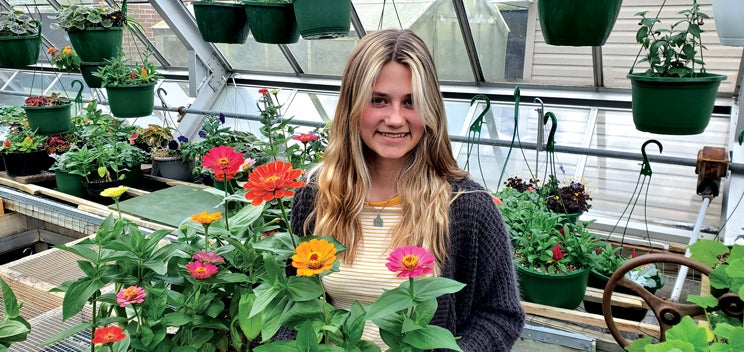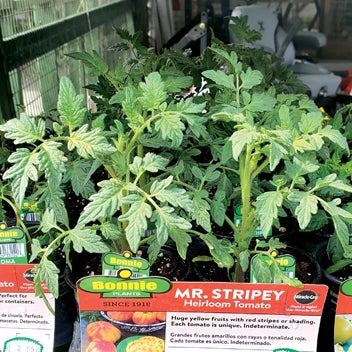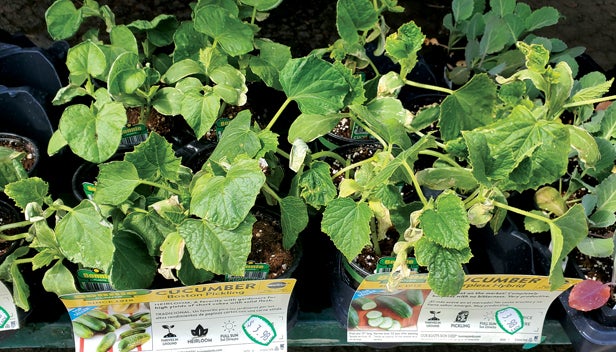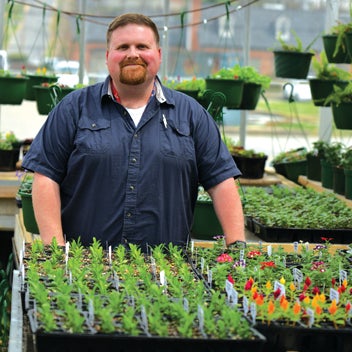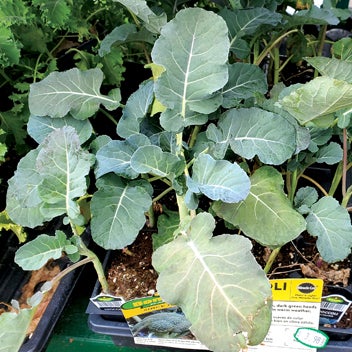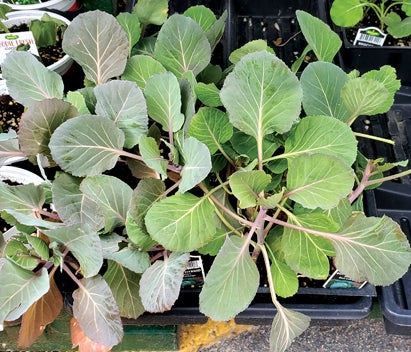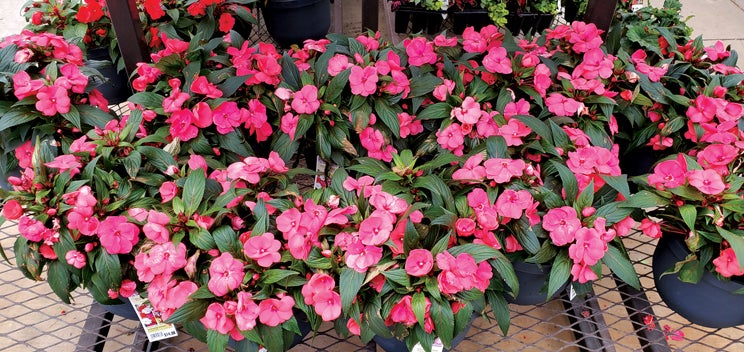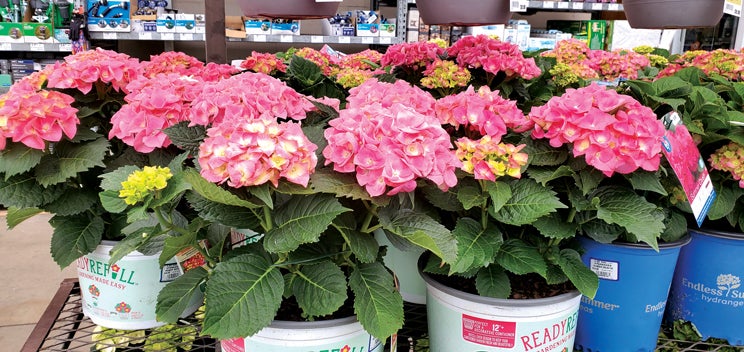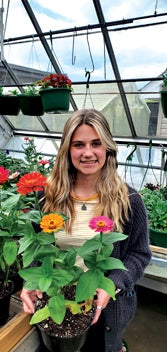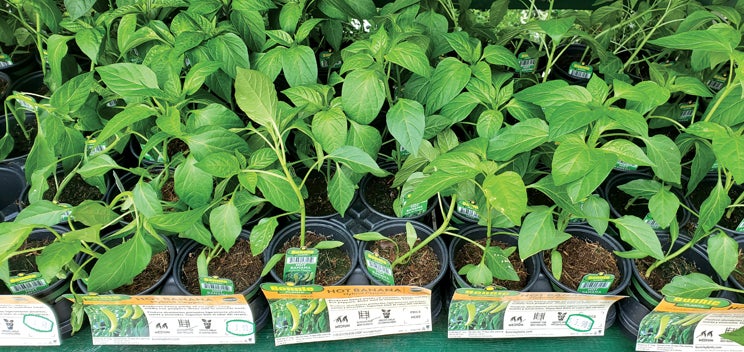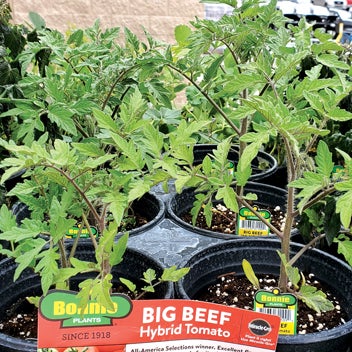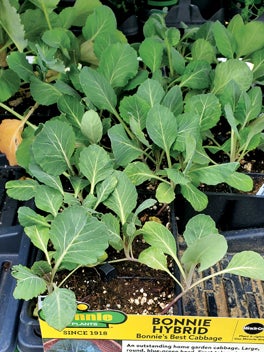Spring gardening… In case you might have wondered
Published 4:47 pm Friday, April 23, 2021
|
Getting your Trinity Audio player ready...
|
BY IVAN SANDERS
STAR STAFF
ivan.sanders@elizabethton.com
It’s that time of year again when as the warm temperatures of Spring roll around that many people begin thinking about planting vegetables and flowers.
For many, planting comes as easy as 1-2-3 but others sometimes struggle to understand when is the right and wrong times to plant as well as many other questions revolving around having a fine garden or a beautiful flower bed.
This week, I spoke to Elizabethton High School Agriculture teacher Jerry Agan and junior Greenhouse Management student Mahala Carr to find some answers to basic questions that many may have especially since Carter County lies in one of those locations where weather and other conditions affect planting.
Here are a few of the responses from Agan and Carr to some questions that hopefully will help in your planning for your vegetables and flowers.
What is the correct time for planting vegetables in this area and please provide some examples?
The “correct time” to plant are fighting words for many people. We are in USDA Zone 6 with an average last frost date of between May 10- 15.
Many people take the risk and plant sooner but find themselves scrambling when a cold snap comes. Just this past week, temperatures bottomed out in the high 20’s in some areas of the Tri-Cities.
Sensitive plants like tomatoes do not like cold temperatures. Broccoli, cauliflower, Brussels sprouts, asparagus, and lettuces to name a few, can be planted in cooler weather like March and April.
Tomatoes, squash, peppers, and watermelon, are all examples of plants that need to be planted after the last frost date in May.
Of course, many people prefer to start their plants indoors a few weeks before planting them in the ground. This is a great way to get a head start on the season and does not have to take up too much room inside.
Humidity doom kits can be purchased from Wal-Mart or Lowe’s and can allow a gardener to relieve some of their pent-up excitement before the outdoor weather is crop-ready. If you have kids, I highly recommend trying this method! It’s so much fun to see the daily growth of the plants.
Get kids into gardening young and they will be hooked forever.
How do the temperatures play into planting especially since we are having warm days and cool days?
Springtime in East Tennessee can give you weather-induced whiplash! Always keep an ear open for freeze warnings. Even plants who don’t mind cooler weather (pansies and petunias) may not survive a hard frost.
Warm weather plants (tomato, squash, cucumber, etc.) prefer a warmer soil temperature. Again, waiting until as close to the May 10 date as your patience will allow can make or break your garden.
What plants should be covered during times of frost/freeze in the garden?
Any budding plants should be covered when there is a chance of a freeze as well as delicate plants like tomatoes and cucumber. It’s a good idea to cover these plants early in the evening before the cold night to keep from any dew sitting on the plants.
The dew will eventually turn to frost defeating your covering. A large cotton bed sheet works very well. You can also build cold frames which act as tiny greenhouses over your beds.
Just remember to remove your coverings to keep the morning sun from burning your plants.
What is the recommendation for fertilizing early plants?
It’s always a good idea to perform a soil test to see what your soil needs. You can contact the UT extension office for this service. Using a complete fertilizer is an easy way to provide for your plants.
Plants have different needs throughout their life span. Too much fertilizer too soon can burn young plants. When purchasing fertilizer, you will notice three numbers that represent the percentage of nitrogen, phosphorus, and potassium within the mix.
You can read the label of the fertilizer as to application rates and times for the specific plant you are feeding.
What is the recommendation for watering especially since rain is hit or miss as of late and is there a thing as too much water?
There are a few tips when it comes to watering. First, water only when needed but be consistent. Some plants like to have their soil dry out between watering but there is a fine line between dry and dead.
Overwatering can lead to root rot which can kill your plants as well. Test the soil with your finger, if it feels dry then give it a drink. You can lift hanging baskets to compare weight.
A thirsty basket will feel light. Letting plants become too dry or too wet can lead to shock, dropped blooms, and bad production.
Second, do not water in the evening as it can lead to diseases in your plants. Lastly, focus on the root zone, not the leaves. Be sure to use a gentle spray as not to damage your plants.
What types of flowers flourish better early and which ones later in the season?
Tulips, lilies, pansies, and daffodils are some examples of early color. Zinnias, dianthus, marigolds, and petunias color all summer long.
Is there such a thing as having a green thumb when it comes to gardening and raising flowers?
The greatest attribute for a successful gardener is someone with patience and persistence. Plants do not like fast changes. Good gardeners are always thinking ahead about the weather, plant growth, and needs of their plants.
They are not fearful of giving it a go even if you lose a plant here and there. Caring for plants is not hard, it just takes water, sunshine, and some love… and Google can help if you run into an issue!
Hopefully, these questions and answers provided will make your gardening experience much more enjoyable in the days ahead.


